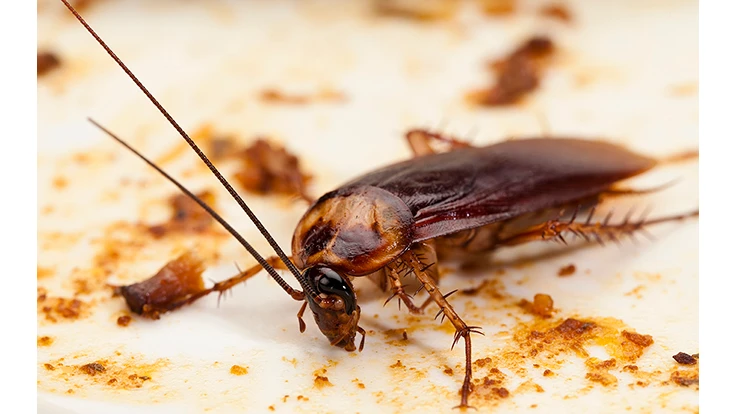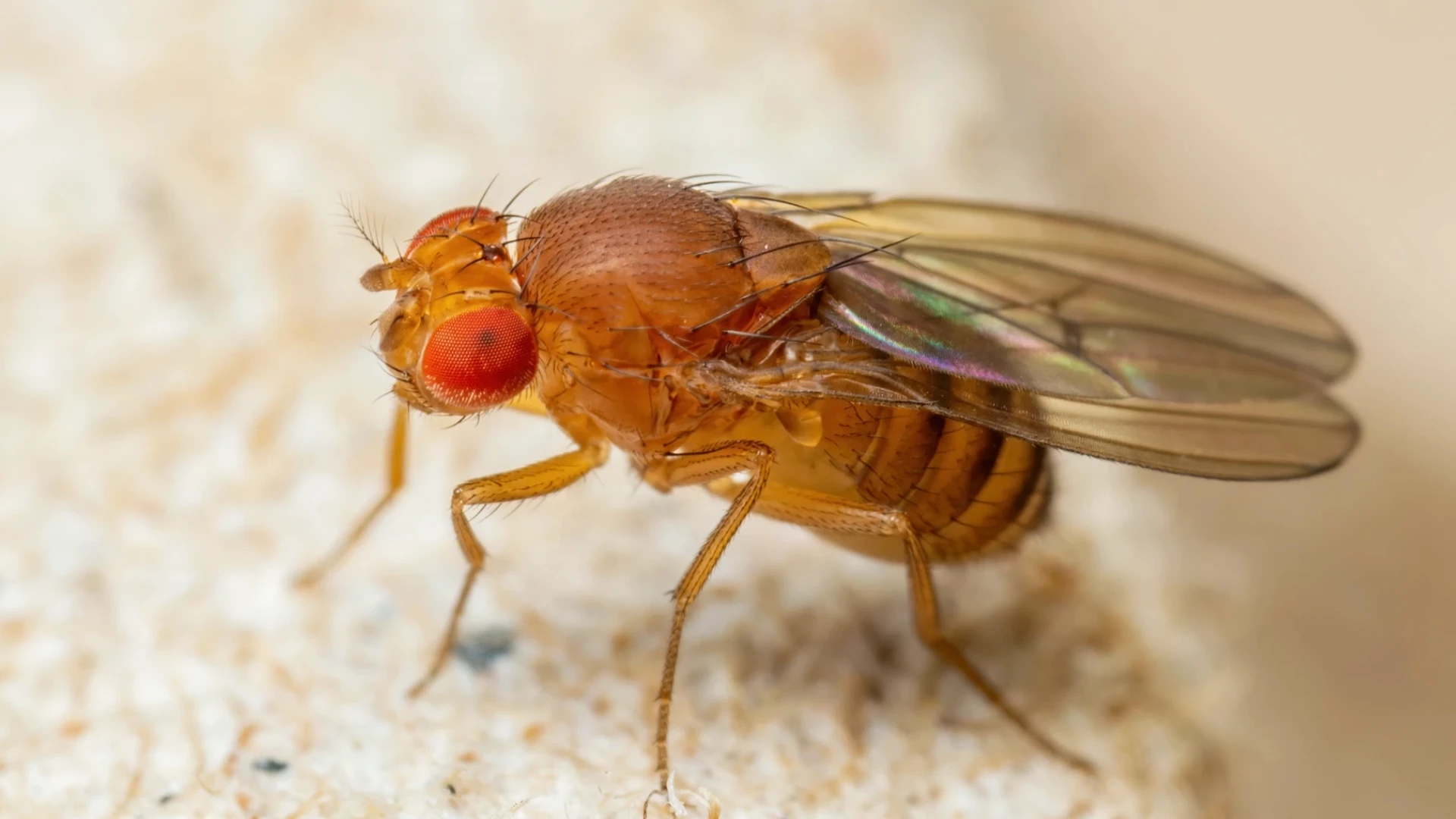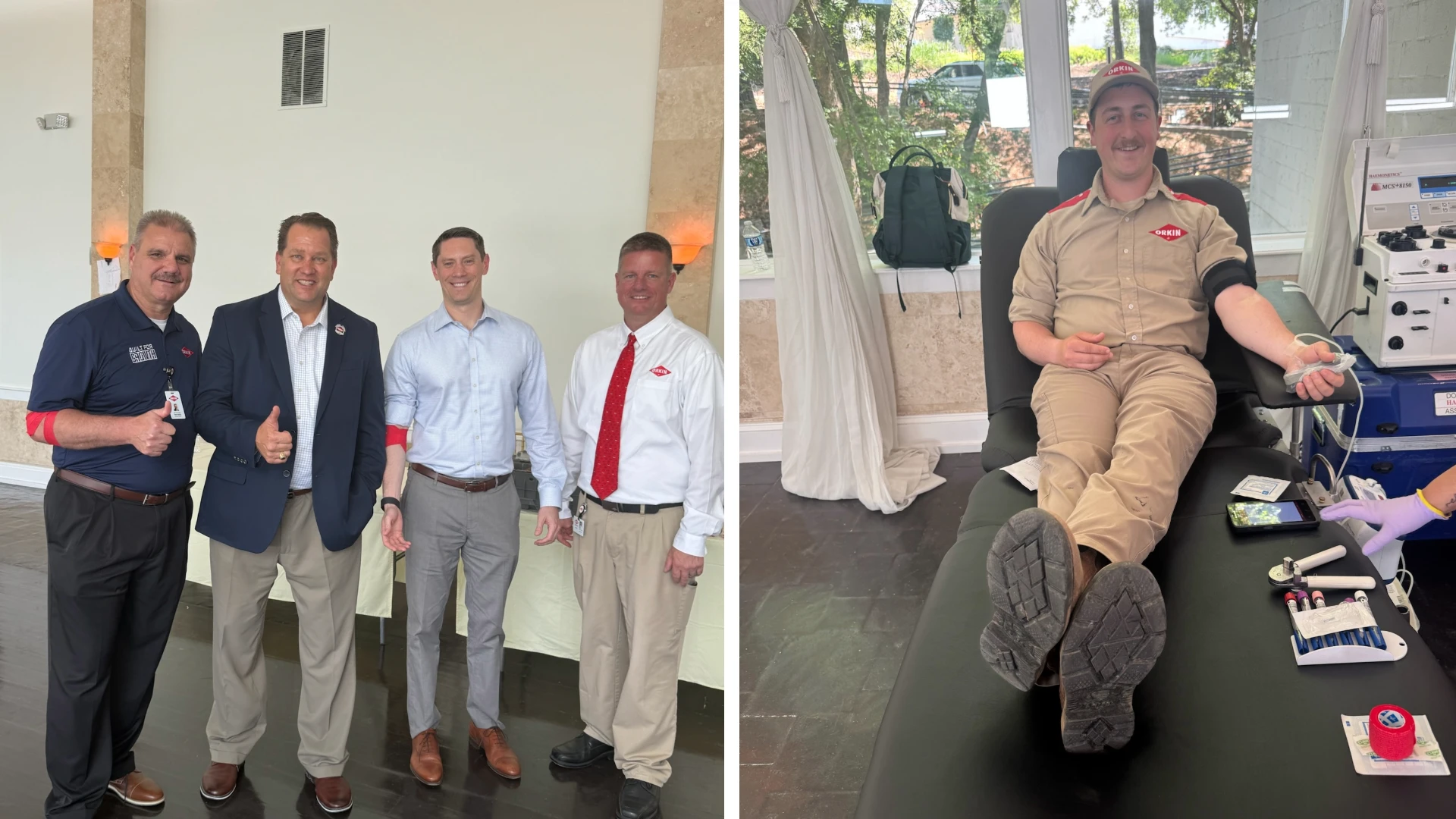
While very few cockroach species are considered pest species, those that are can cause considerable damage. According to Robert Snetsinger, author of The Ratcatcher’s Child, it was not until about 1840 that the human population of the United States was sufficiently large to support a professional pest control industry. Many of the pest species that are still the bane and boon of pest management professionals today were already established, but because American cities were in their infancy and the population was isolated on farms, plantations, and in small communities, the spread of introduced pests was slow.
Today, however, the economic consequences of cockroach infestations are significant in hotels, restaurants, supermarkets, private homes, apartments, cruise ships, railroad cars, and warehouses. Besides pilfering food, cockroaches apprise humans of their presence with odor and fecal pellets. The “attar of roaches,” the unpleasant odor so well associated with these insects – and so familiar to PMPs – is the combined product of their excrement, which includes odoriferous microbial metabolites, the fluid they exude from their abdominal scent glands, and a dark-colored fluid they regurgitate from their mouths while feeding.
Cockroaches stain their runways with these secretions, ruining any surface they repeatedly contact. Other material losses occur when cockroaches stain or contaminate food dishes, utensils, packaging, clothing, and stored items.
In the high-tech world of electronics, moreover, cockroaches have found new methods of destruction. They are attracted to the warmth and shelter of electronic equipment, and can short-circuit cash registers, telephones, and computers with their bodies and excrement. They also chew through wiring of television and computers and can cause electrical fires. Computer hard drives and disks have been destroyed when cockroach bodies were caught under the disk heads that read and write data.
The domiciliary cockroaches are well-adapted to indoor life. They are dorso-ventrally depressed (flattened), which allows them the enter tight cracks and crevices, and their head is directed downward with antennae pointing forward. However, the popular mass media has bestowed upon cockroaches some undeserved characteristics. Their reproductive rate does not exceed that of many other insects, including household pests like house flies. They are not unique in being able to survive protracted periods of starvation, and cockroaches are no more resilient to radiation and drowning than most other insects. Nevertheless, cockroaches have been portrayed as out-surviving humans and other organisms, perhaps because of their tenacity and reappearance in urbans structures from which they had been repeatedly eliminated.
Despite advances in technology and pesticide development, cockroaches continue to maintain an admirable position as a major structural pest. The need for cockroach control remains the backbone of the structural pest management industry, especially in metropolitan centers, as other pests rise and fall in significance. As a result, the likelihood any major pest species of cockroach will ever appear on the endangered species list is remote.
The preceding article was excerpted from Chapter 2 (Cockroaches) of the Mallis Handbook of Pest Control by Contributing Editor Dr. Coby Schal of North Carolina State University.
Latest from Pest Control Technology
- Steps for Control of Fire Ants in Residential Locations
- Understanding Public Health Threats Posed by Mosquitoes
- ESA: To Prevent Tick Encounters, Watch Where You Dump Your Leaves
- Getem Services' Carley Church on Growing Family Business as Woman Leader
- The Veseris Solution for Smarter Mosquito Management
- Abell Pest Control Celebrates 100th Birthday of Ralph Abell
- Birds and Wildlife Pests Pose Numerous Aircraft Hazards
- Video: PCT Top 100 Insights & Analysis





